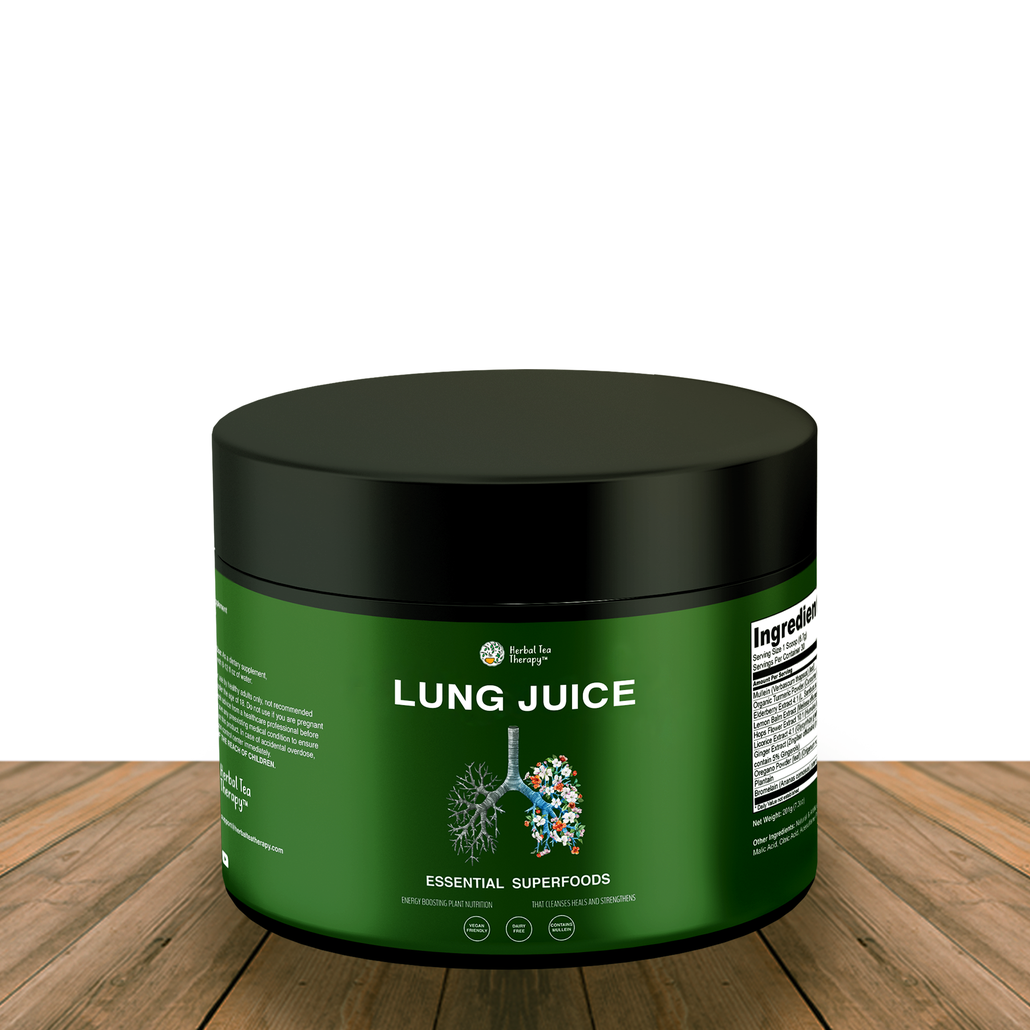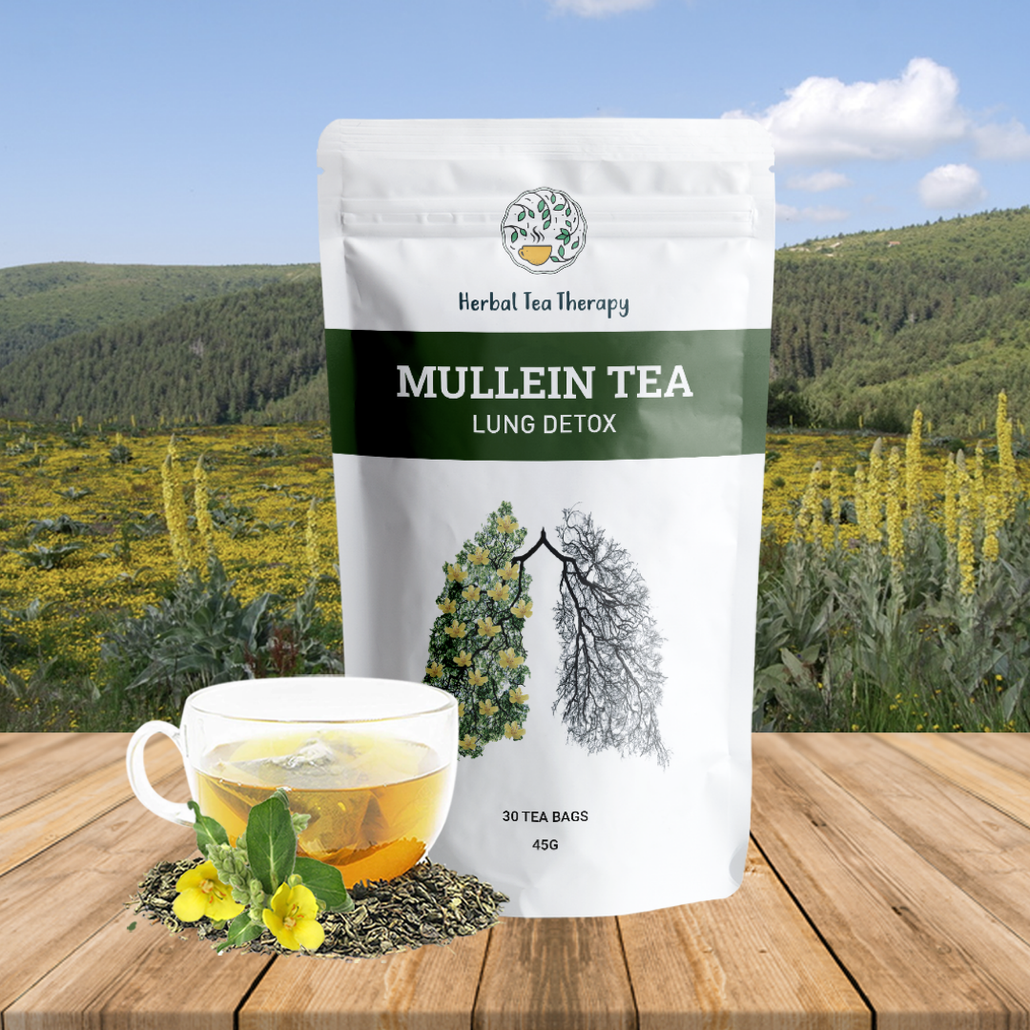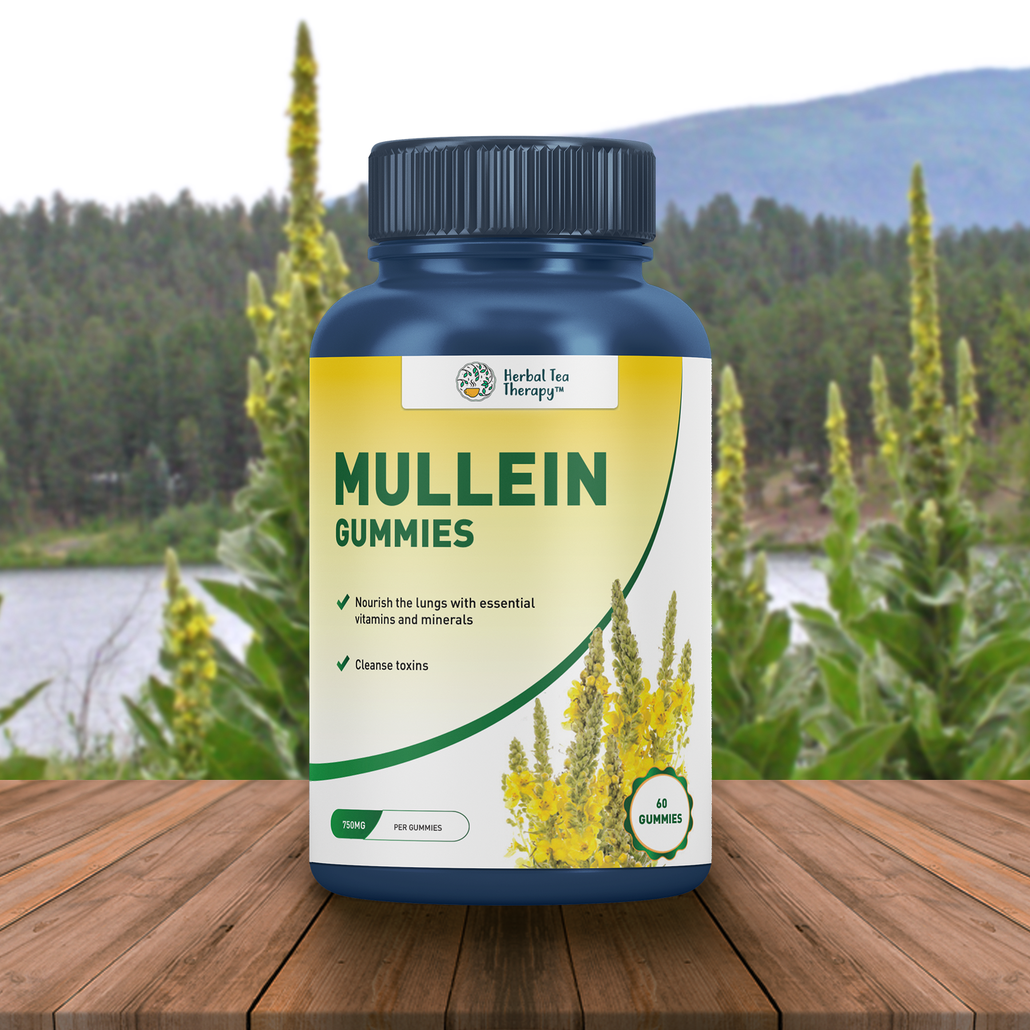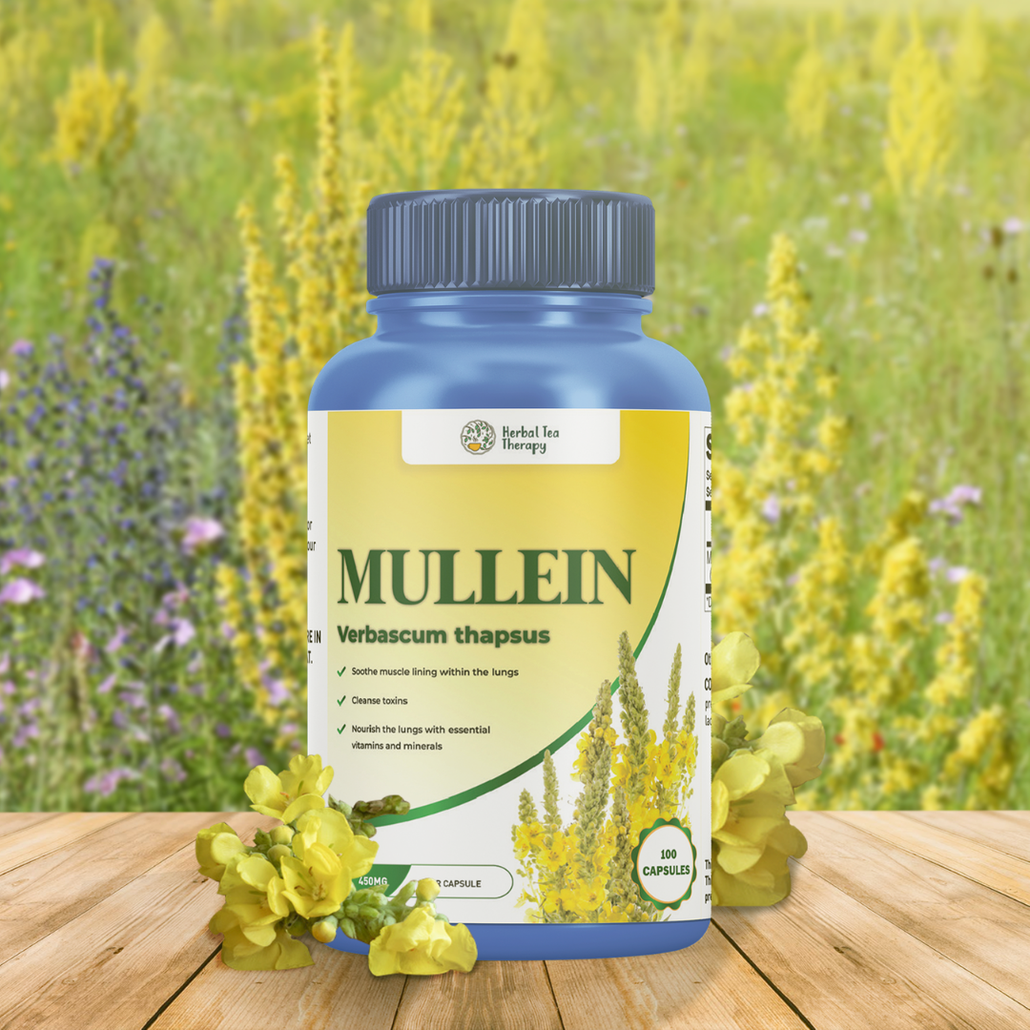Can Snake Plants Improve Air Quality At Home?
Many household plants are strategically placed for decoration and to maintain feng shui, but did you know that some of these plants also have great health benefits? The snake plant is one of those plants known for both looking good and improving air quality.
Keep reading to learn more about the snake plant, its health benefits, and how to care for one.
SNAKE PLANT BENEFITS
The snake plant, commonly referred to as mother-in-law’s tongue, is a resilient succulent that can grow anywhere between 6 inches to several feet. In addition to providing a bit of ambiance, snake plants have a number of health benefits.
FILTER INDOOR AIR, EVEN AT NIGHT
Similar to other household succulents, snake plants help to filter indoor air. What’s unique about this particular plant is that it’s one of the few plants that can convert carbon dioxide (CO2) into oxygen at night. This quality makes it an ideal plant for bedroom decor as it can help regulate healthy airflow.
REMOVE TOXIC POLLUTANTS
Snake plants are also known for their ability to help remove toxic air pollutants. Though in small contributions, snake plants can absorb cancer-causing pollutants, including CO2, benzene, formaldehyde, xylene, and toluene. With the ability to absorb and remove harmful toxins, snake plants can act as an effective defense against airborne allergies.
What is a snake plant?
A common houseplant, the Sansevieria trifasciata is native to Asia and Africa. It can be recognized by its evergreen sword-shaped leaves that grow upright, and almost resemble artificial foliage. Snake plants are often used as home decor, as they’re pleasing to the eye, easy to care for, and require little water to survive. These plants are considered to be relatively safe, but they’re mildly toxic if consumed. Their leaves contain a poison that can cause swelling and numbness on the tongue if eaten in large doses. It’s wise to keep this plant away from children and animals that are prone to nibble.
TYPES OF SNAKE PLANTS
The most common snake plant foliage presents as slender, green leaves with grey or silver horizontal streaks. This plant can grow several feet tall and does well in low-light areas.
There are a wide variety of these plants. A few of the more common include:
- Bird’s nest snake plant. Also referred to as the Hahnii, this plant is relatively small, growing to only 6 inches tall. The leaves form clusters that closely resemble a cup, similar to a bird’s nest.
- Cylinder snake plant. The Sansevieria cylindrica has round leaves that can grow several feet in length. The leaves from this plant reach outward to resemble a crown.
- Laurentii Sansevieria. The Laurentii is also a popular snake plant, known for its green-colored center and yellow margins.
Caring for a snake plant.
Perhaps one of the most popular reasons people include snake plants in their decor is that they’re low maintenance, requiring little attention to grow. They’re resilient, hardy plants and can survive in relatively dry environments, both indoors and out. If you plan to have a snake plant in your home, here are a couple of things to keep in mind:
- Don’t overwater. Too much water is this plant’s weakness. Place a snake plant in a well-drained pot to avoid overwatering, as it can cause rotting. Only water the soil when it’s completely dry.
- Indirect sunlight is best. Partial sun works best for snake plants. Though, it can still grow in darker corners or in brighter window areas. If completely shaded, the plant can dull and the leaves may become a bit floppy.
The takeaway.
Snake plants are proven to be as useful as they are visually appealing. They can grow indoors and outdoors, with little to no maintenance.
What’s more, snake plants can also help to filter indoor air, an attribute that can keep you safe and healthy. Consider adding a snake plant to your home for both aesthetic and health reasons.
Credit: Healthline
SUPPORT
You can also learn more about health and nutrition by joining our group Lung, COPD and Health Examiner.
A great method of easing COPD, lung symptoms, and mucus build-up is by going through our Mullein Lung Detox Programme.
Nurture lungs with the gentle power of Mullein
This site is not a part of the Facebook website or Facebook Inc. Additionally, This site is NOT endorsed by Facebook in any way. FACEBOOK is a trademark of FACEBOOK, Inc.








